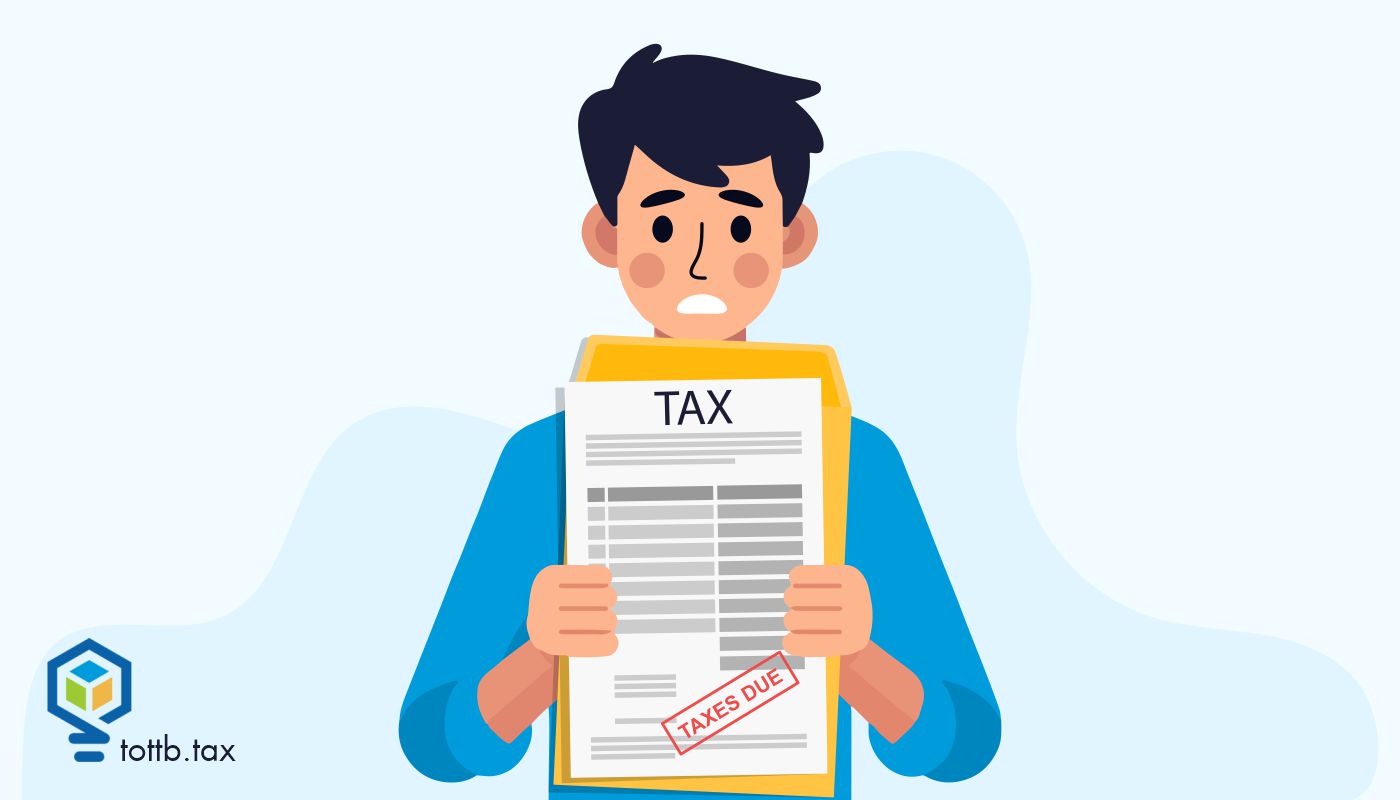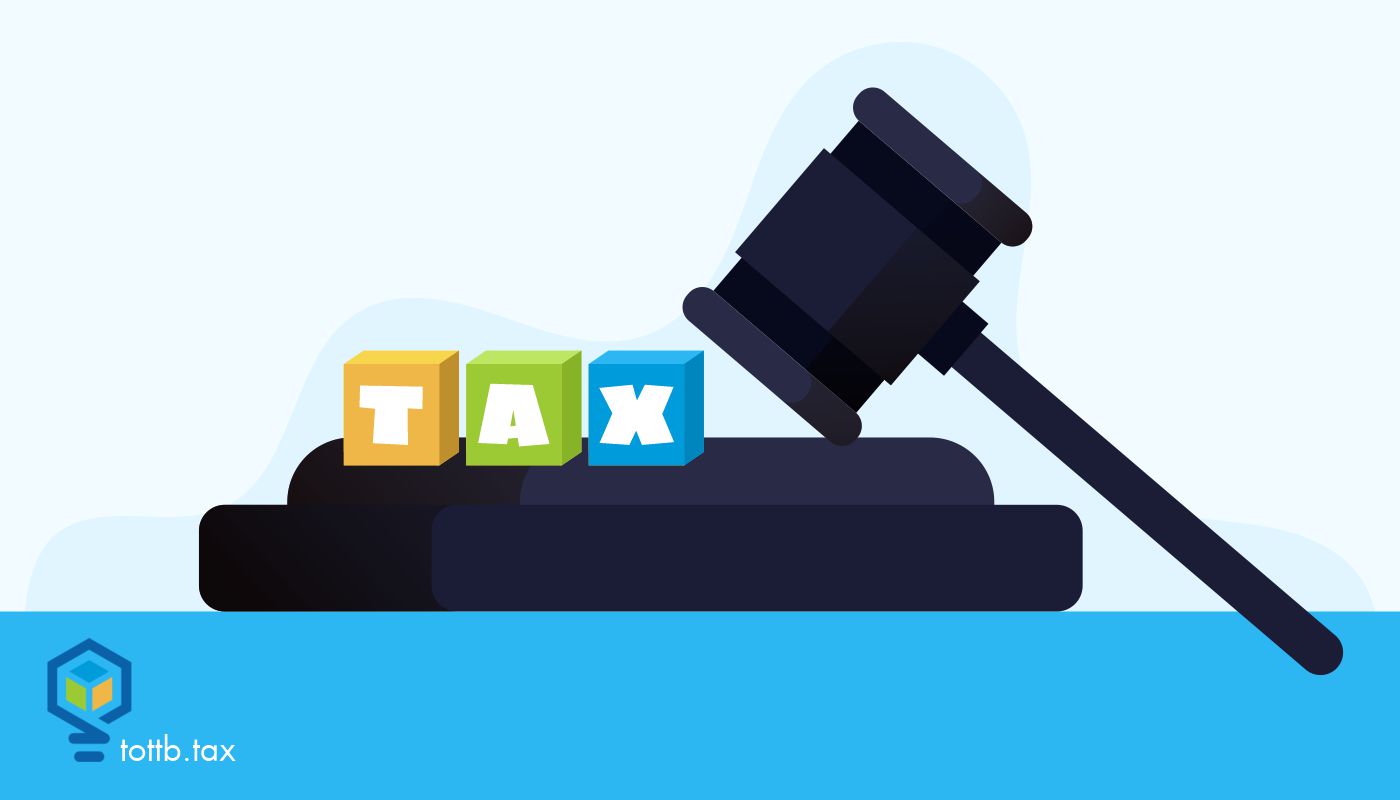As summer turns to fall, the leaves turn and houses start being decorated, the air becomes crisper and the internet fills with year-end tax tip pieces. I call them tip sheets. I just love reading tip sheets, but I’m retired from active practice. Somebody who doesn’t have time on their hands might look at two or three and figure they have seen it all and didn’t learn anything they didn’t know already. I’m here to tell you that if you keep hunting, you might find some gems. But better than that, I will share what I have found in the event you don’t have the time or inclination to look at another twenty or thirty tip sheets.

Lessons Learned from the Tax Court: The Root of the Issue
When is a business really a business? As Supreme Court Justice Potter Stewart said in 1964, “I know it when I see it.” The US Tax Court, however, maintains a slightly less subjective standard. The Roots were pretty sure they were running a bona fide business; the IRS, however, didn’t share the sentiment. And since we’re reading about them in a segment called “Lessons Learned,” one should assume it did not go the way the Roots would have liked.






